Click to Chat
I'm online now.
Fhopepack Innovation
A die and mold turner is a specialized machine designed for safely and efficiently rotating heavy dies and molds. It streamlines handling processes, reduces labor risks, and minimizes damage to expensive equipment. Ideal for industries requiring precision and durability, it enhances productivity while ensuring operator safety in manufacturing environments.
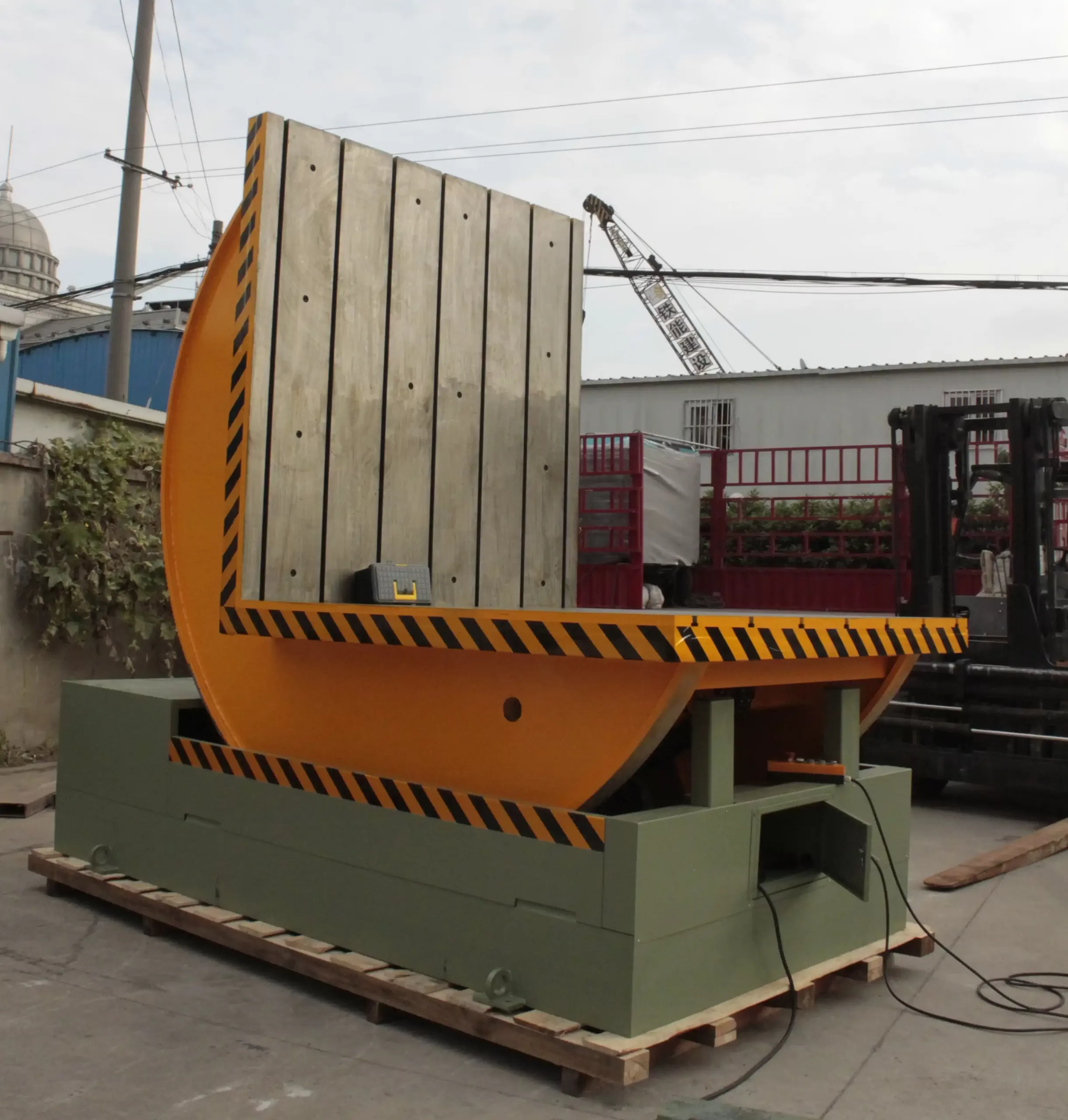
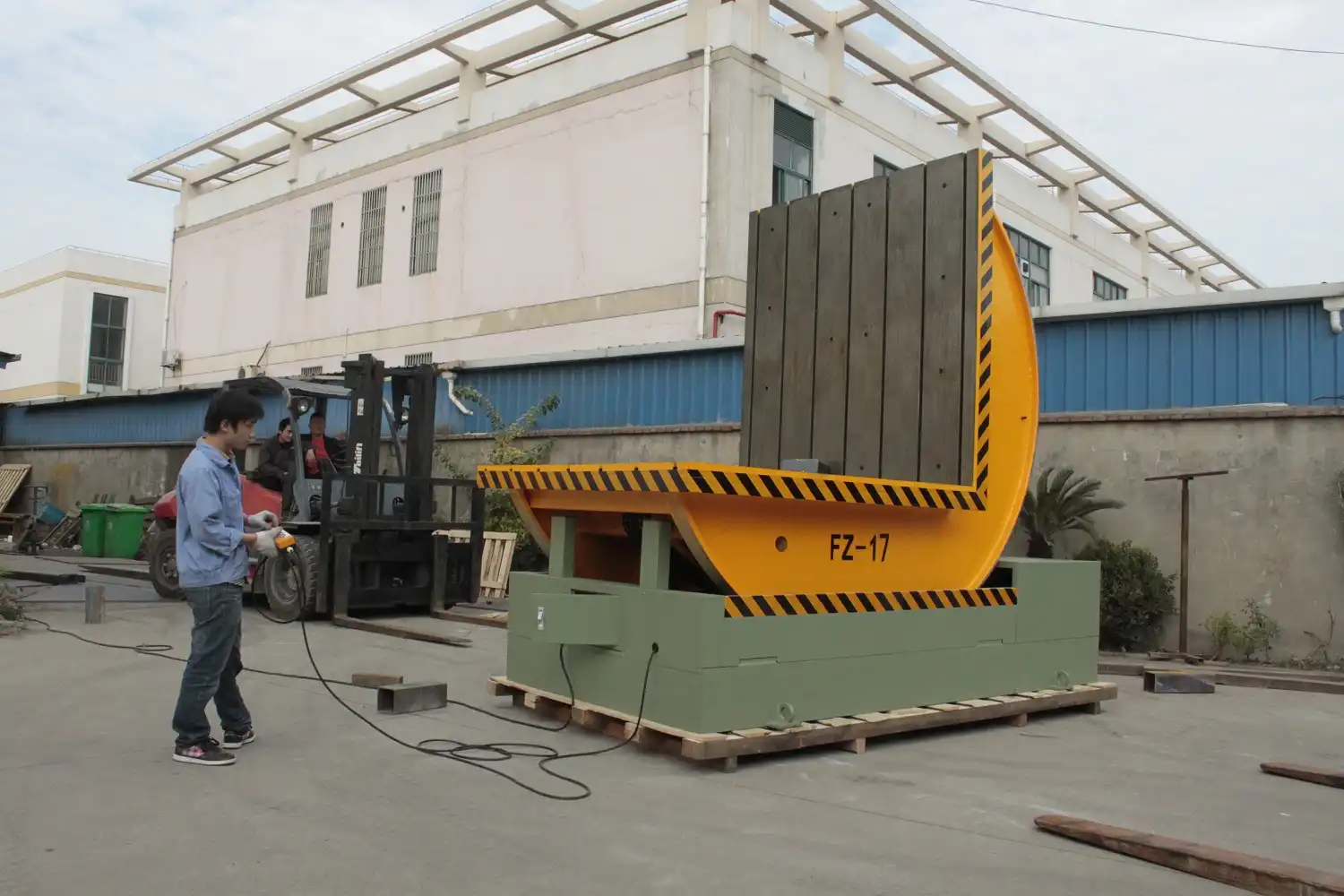

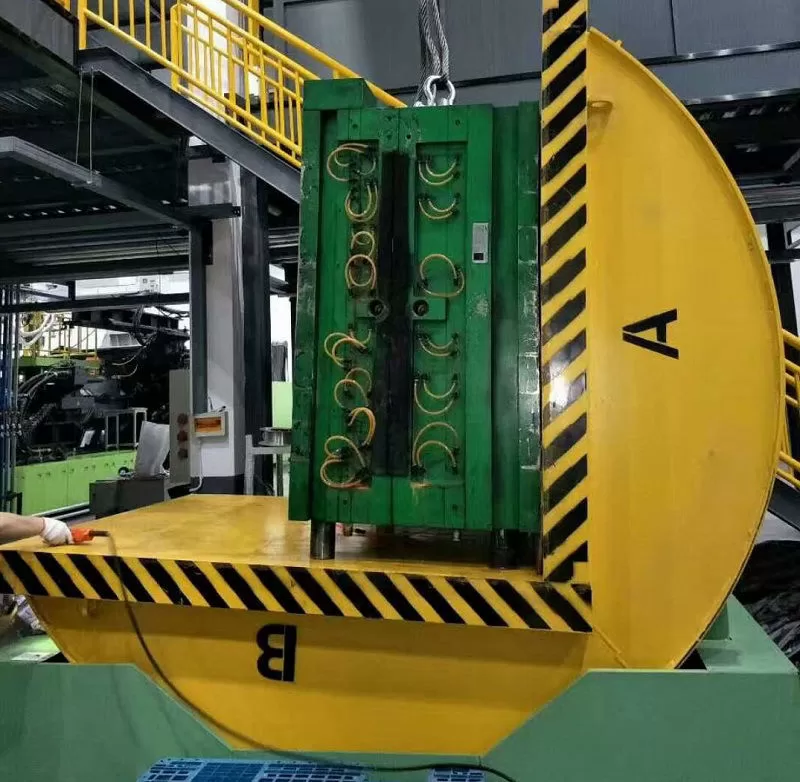
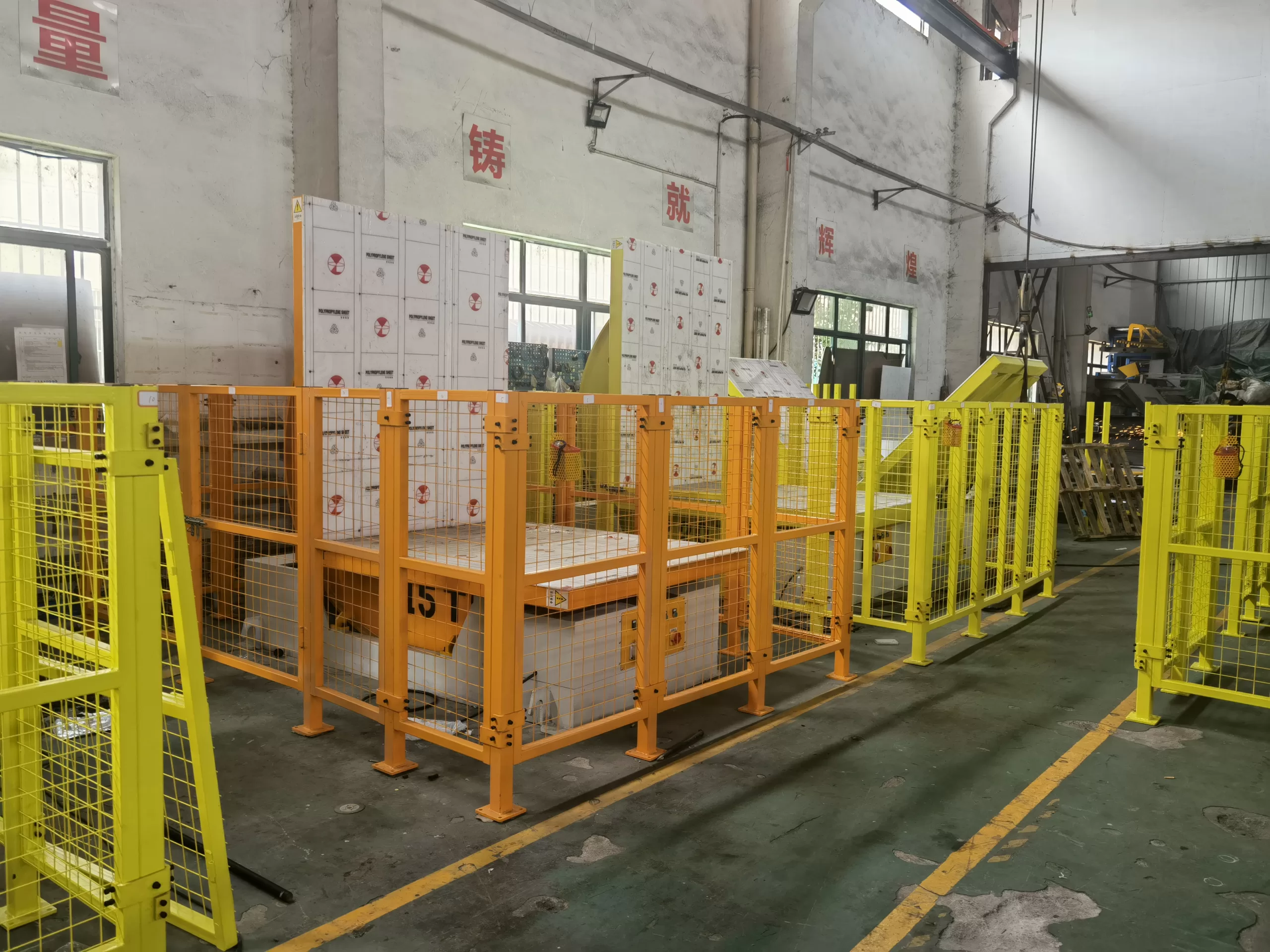
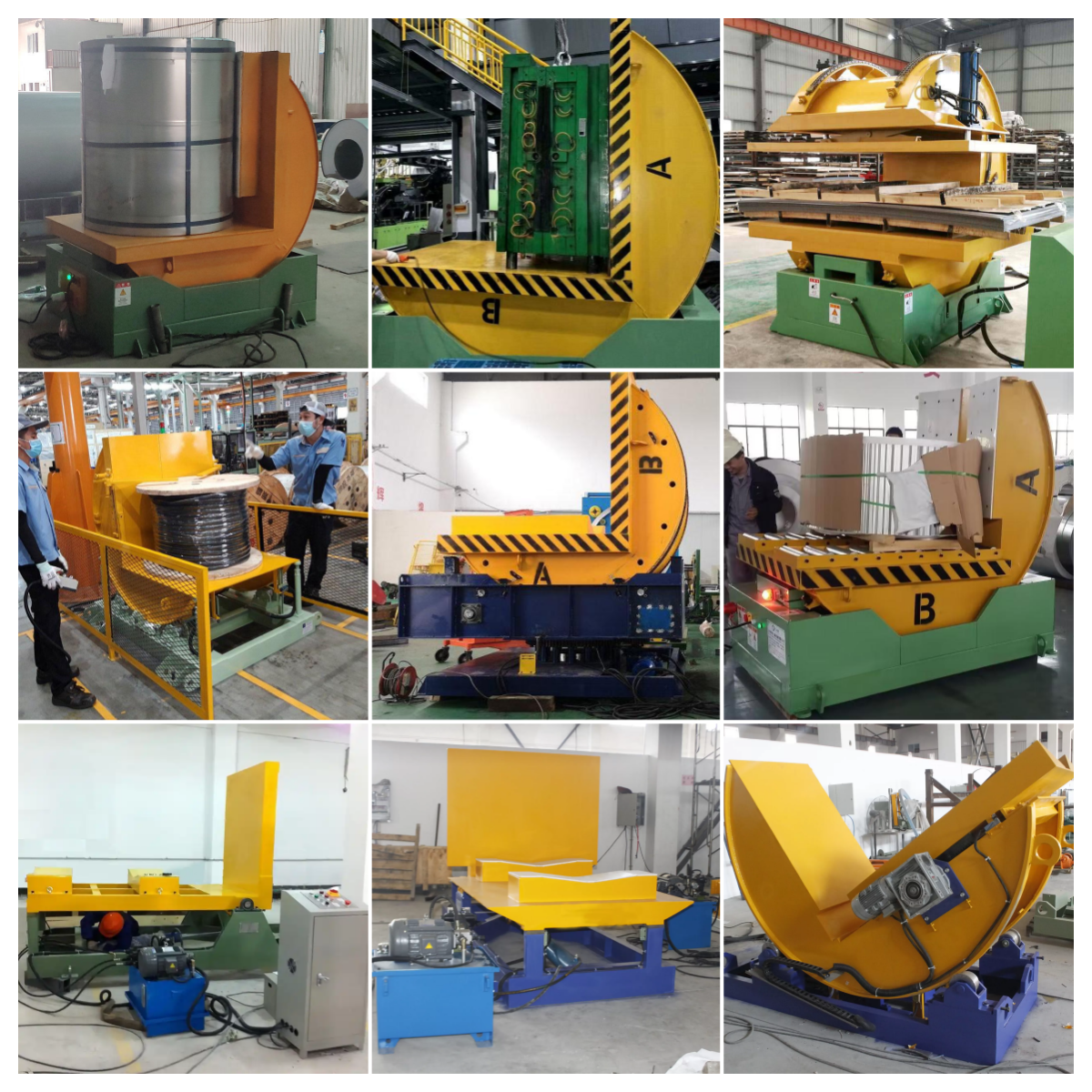
One of the standout features of die and mold turners is their ability to tackle the challenges of handling components weighing several tons. Traditionally, such tasks posed significant risks to workers and required substantial manual labor. However, these machines have changed the game by offering:
While these machines offer undeniable advantages, selecting the right one for your needs requires careful consideration. Factors to keep in mind include:
By integrating die and mold turners into your production line, you can expect to achieve:
Improved Workflow
These machines reduce bottlenecks by speeding up the flipping process, ensuring your operations run smoothly.
Cost Reduction
Automation minimizes labor costs and decreases the likelihood of damage to expensive components.
Increased Safety Standards
With advanced safety features, these machines protect workers and create a safer production environment.
Whether you’re an industry expert or new to the field, understanding the nuances of die and mold turners is crucial for making an informed decision. This guide covers everything you need to know, including:
Die and mold turners are more than just machines—they’re investments that drive efficiency, safety, and innovation in manufacturing. By selecting the right system, you’ll ensure your business stays ahead in an ever-evolving industrial landscape.
Selecting the right die and mold turner is more than a purchasing decision—it’s a long-term investment in productivity, safety, and operational efficiency. When faced with options ranging from hydraulic tilters to automated solutions, manufacturers often wonder how to narrow down the choices effectively. This article dives deep into the factors that define the best die and mold turner for varied manufacturing needs, equipping you with insights for a well-informed decision.
The importance of die and mold turners in manufacturing can’t be overstated. These machines enhance workplace safety by eliminating manual handling risks, improve efficiency by automating turnover processes, and minimize downtime associated with traditional methods. The challenge lies in identifying a turner that aligns with your unique requirements while ensuring a balance of cost and performance.
Deciding on the best solution for your operations begins with understanding your specific needs and the technical capabilities of available options. From loading capacity to operational safety, this guide explores all the crucial aspects to streamline your selection process.
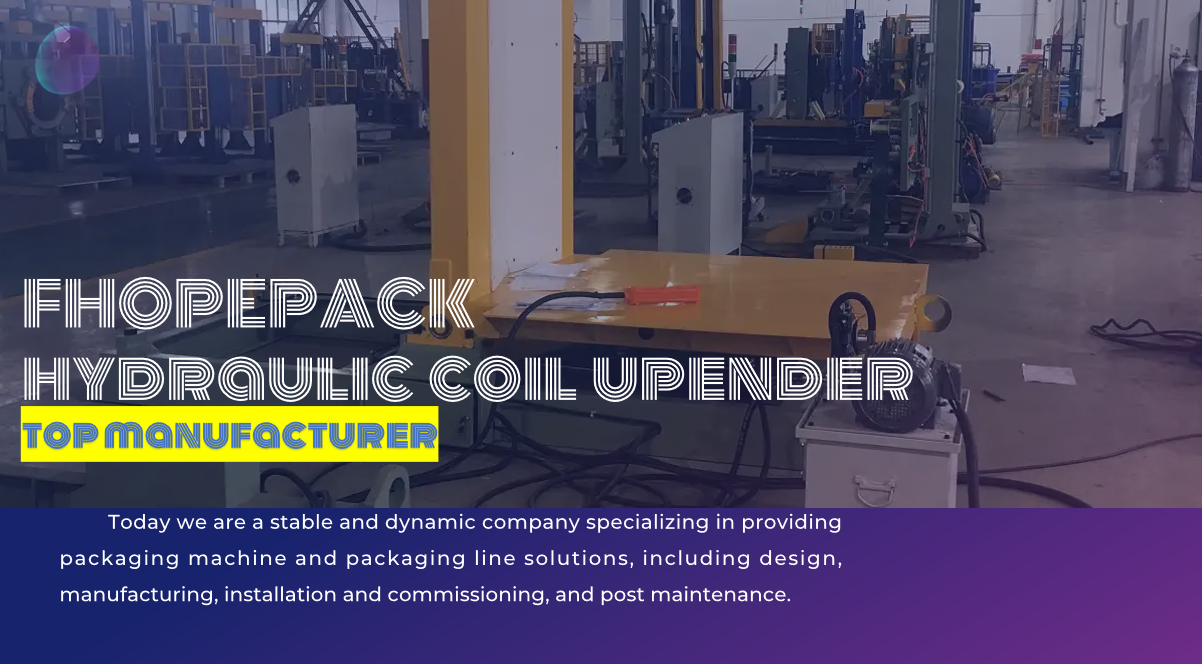
Die and mold turners are designed to handle various weights and dimensions. When choosing, ensure the machine’s capacity aligns with your heaviest and largest molds. For example, the FPCT-HT01 model supports loads up to 1,500 kg with a turnover speed adjustable between 15 to 30 seconds
Different turners operate on varied power outputs, typically ranging from 2.7 kW for compact models to 4.5 kW for heavy-duty solutions【6†source】【7†source】. Machines with energy-efficient components reduce operational costs over time.
| Model | Max Load Capacity (kg) | Power Output (kW) | Turnover Speed (Seconds) |
|---|---|---|---|
| FPCT-HT01 | 1,500 | 2.7 | 15–30 |
| FPCT-20 | 20,000 | 4.5 | 60–90 |
Turners with adjustable hydraulic valves and soft-start functionality offer smooth, vibration-free operation, minimizing wear and tear. Features like position locking and emergency stop functions ensure operational precision and safety.
Compliance with CE standards ensures the machine meets safety and environmental regulations Always check for certifications that match your regional requirements.
A reliable die and mold turner comes equipped with emergency stop mechanisms, position locking functions, and displacement restrictors【7†source】. These features prevent accidents during operation and protect both operators and equipment.
Efficiency in a turner isn’t just about speed; it’s also about reducing downtime. For instance, models like the FPCT-HT01 feature dual conveyor working tables for simultaneous loading and unloading, drastically improving throughput.
| Feature | Impact on Safety/Efficiency |
|---|---|
| Emergency Stop | Immediate shutdown in case of anomalies |
| Adjustable Speed | Ensures precision handling of delicate molds |
| Dual Conveyors | Allows faster processing cycles |
| Audio-Visual Alarms | Provides real-time feedback for troubleshooting |
From steel manufacturing to injection molding, industries have distinct needs. Customizable features such as adjustable table sizes and power configurations make turners versatile across applications.
Customizable turners, like those provided by FHOPE, often include modular components. This design not only extends the machine's lifecycle but also minimizes long-term maintenance costs
Overlooking maintenance planning can lead to unexpected downtime, costly repairs, and even safety hazards. Machines like the FPCT-20 simplify this process with easy-to-access components and detailed operation manuals. Regular upkeep ensures optimal performance and extends the equipment’s lifecycle.
Maintenance demands can vary significantly between models. Here’s a comparative analysis:
| Model | Maintenance Frequency | Ease of Access | Replacement Parts Availability |
|---|---|---|---|
| FPCT-HT01 | Low | Moderate | Easily Available |
| FPCT-20 | Moderate | High | Manufacturer-Provided |
High-quality components reduce the need for frequent replacements, but even the best machines require regular care. Features like hydraulic systems and modular designs ensure quick fixes, keeping repair times minimal.
While maintenance may seem like a cost center, it’s an investment in reliability and efficiency. A structured maintenance schedule, combined with warranties like FHOPE’s one-year unlimited cycle guarantee, minimizes downtime and maximizes returns
Selecting the best die and mold turner involves more than just specifications—it’s about aligning the machine’s capabilities with your operational goals. From ensuring safety with advanced features to investing in automation for enhanced precision, the right choice can revolutionize your production line. Customizable solutions cater to unique manufacturing needs, while structured maintenance plans guarantee long-term performance.
A well-chosen die and mold turner not only optimizes efficiency but also ensures workplace safety and reliability. By focusing on features, adaptability, and upkeep, manufacturers can turn this critical investment into a cornerstone of success.
I'm online now.